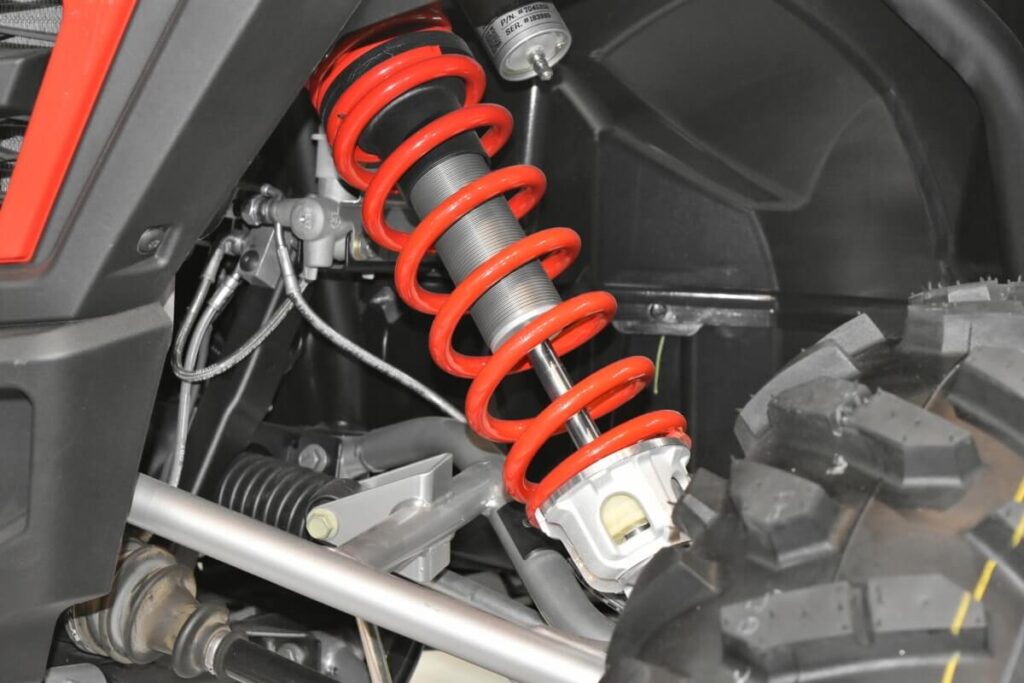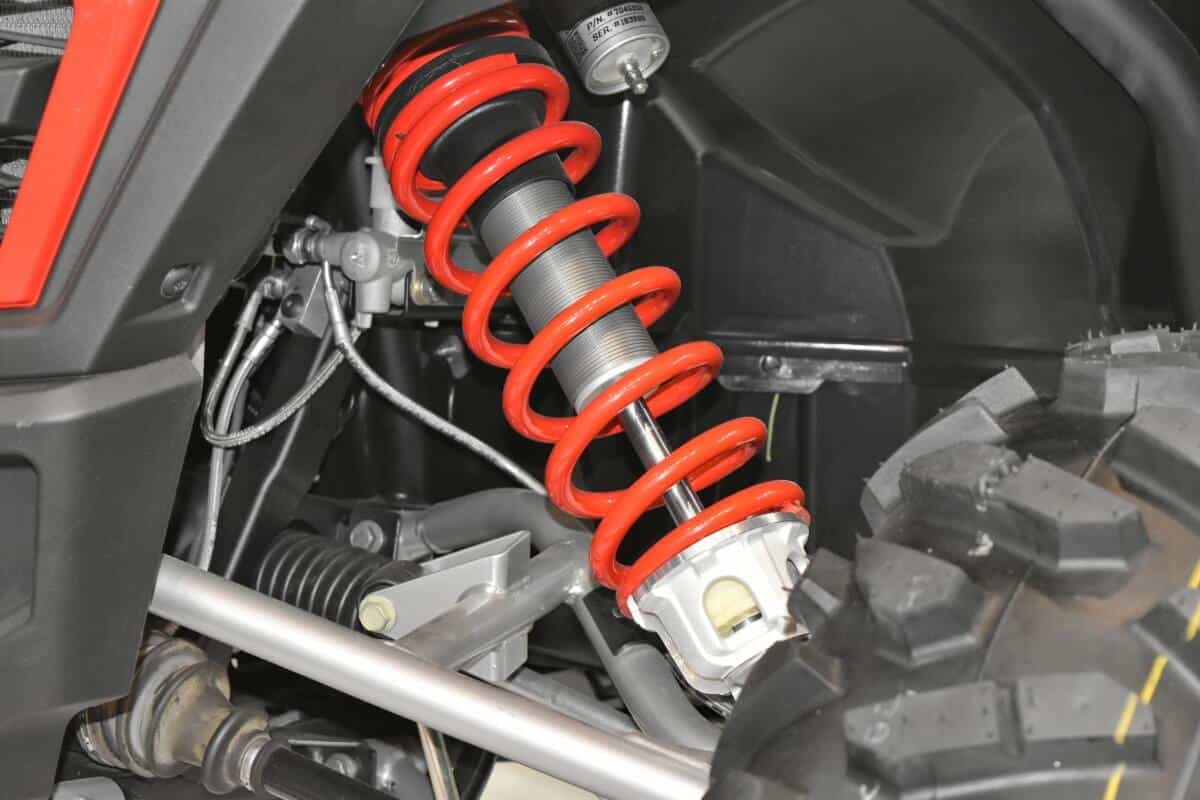Introduction
Automotive NVH analysis is essential in reducing the negative effects of noise, vibration, and harshness, which are critical factors considered by engineers in vehicle design and manufacturing. NVH analysis plays a significant role in creating comfortable, high-quality, and reliable vehicles that meet consumer demands. The importance of NVH analysis cannot be overstated, as it directly affects the comfort, performance, and overall driving experience of a vehicle.
Excessive noise, vibration, and harshness can lead to negative effects on both the driver and passengers. It can cause fatigue, discomfort, and distraction, which can compromise driving safety. Additionally, excessive NVH can reduce the lifespan of vehicle components, leading to increased maintenance costs and decreased reliability.
The purpose of this blog post is to provide an in-depth understanding of NVH analysis techniques and how they can be used to reduce noise, vibration, and harshness in vehicles. This blog post will serve as a guide for car owners, mechanics, and enthusiasts who want to improve the overall quality and comfort of their vehicles.

Throughout this blog post, we will explore different NVH analysis techniques that automotive engineers use to improve vehicle design and manufacturing. We will delve into measurement techniques for noise, vibration, and harshness, as well as the use of software and simulations in NVH analysis. We will also provide tips for reducing NVH in your vehicle, such as regular maintenance and specific modifications.
By the end of this blog post, you will have a better understanding of the importance of NVH analysis in vehicle design and manufacturing, as well as the techniques that can be used to reduce excessive noise, vibration, and harshness. By implementing these techniques, you can improve the overall driving experience of your vehicle and increase its lifespan.
Understanding NVH Analysis
NVH analysis is a crucial aspect of vehicle design and manufacturing. It involves evaluating and minimizing the levels of noise, vibration, and harshness that a vehicle produces. This analysis aims to create a comfortable and enjoyable driving experience while also ensuring the vehicle’s reliability and safety.
There are three main types of NVH: noise, vibration, and harshness. Noise is unwanted sound that can be generated by several sources in a vehicle, such as the engine, transmission, tires, and wind. Vibration refers to the oscillation of a vehicle component or the entire vehicle. Harshness is the perception of discomfort caused by vibration or noise.
To conduct NVH analysis in the automotive industry, engineers use various methods and tools. These include measurement techniques such as microphones, accelerometers, and laser vibrometers to collect data on noise and vibration levels. Engineers also use software and simulations to analyze the data collected and identify areas of improvement in the vehicle’s design.
The results of NVH analysis are used to improve the vehicle’s design and manufacturing processes. Engineers can modify or adjust the vehicle’s components, such as the suspension system or the engine, to reduce noise and vibration levels. They can also use materials that absorb or dampen noise and vibration to enhance the vehicle’s overall NVH performance.
In conclusion, NVH analysis is a vital component of vehicle design and manufacturing. It involves evaluating and reducing the levels of noise, vibration, and harshness that a vehicle produces to create a comfortable and enjoyable driving experience while ensuring the vehicle’s reliability and safety. By understanding the three types of NVH and the methods used to conduct NVH analysis, engineers can improve the overall performance and quality of vehicles.
NVH Analysis Techniques
NVH analysis techniques are used in the automotive industry to measure, analyze, and minimize the levels of noise, vibration, and harshness that a vehicle produces. There are several techniques that engineers use to conduct NVH analysis, including measurement techniques, software and simulations, and specific examples of techniques used in the automotive industry.
Measurement techniques for NVH analysis include microphones, accelerometers, and laser vibrometers. These tools are used to collect data on noise and vibration levels in different areas of the vehicle, such as the engine, transmission, and suspension system. The data collected is then analyzed to identify the sources of noise and vibration and to determine the best methods for reducing them.
The use of software and simulations is another technique used in NVH analysis. Engineers use software programs to simulate different driving scenarios and evaluate how the vehicle will perform in terms of NVH. These simulations allow engineers to test different design modifications and materials before actually implementing them, saving time and resources in the design and manufacturing process.
In the automotive industry, specific examples of NVH analysis techniques include acoustic holography, transfer path analysis, and operational deflection shape analysis. Acoustic holography is used to visualize noise sources and their paths within the vehicle, while transfer path analysis is used to determine how noise and vibration from one component transfer to another. Operational deflection shape analysis is used to measure and analyze the vibration patterns of a component.
In conclusion, there are several techniques used in NVH analysis, including measurement techniques, software and simulations, and specific examples of techniques used in the automotive industry. By using these techniques, engineers can identify the sources of noise and vibration in a vehicle and determine the best methods for reducing them. This ultimately leads to the creation of high-quality, reliable, and comfortable vehicles that meet consumer demands.
Reducing Noise, Vibration, and Harshness in Your Vehicle
Reducing noise, vibration, and harshness (NVH) in a vehicle is essential for ensuring a comfortable and enjoyable driving experience. Here are some tips for reducing NVH in your vehicle and the benefits of doing so, as well as the role of regular maintenance in reducing NVH.
One way to reduce NVH in your vehicle is by using high-quality tires that are designed to absorb noise and vibration. Another tip is to ensure that your vehicle’s suspension system is in good condition and properly aligned. This can help reduce vibration and harshness while driving. Additionally, using a sound-deadening material, such as an acoustic foam, can help absorb noise and reduce NVH.
Reducing NVH in your vehicle has several benefits, such as reducing fatigue and stress while driving, improving the overall driving experience, and enhancing the vehicle’s resale value. A vehicle that produces less noise and vibration is also more comfortable and enjoyable to drive, making it a more desirable vehicle for consumers.
Regular maintenance is also crucial in reducing NVH in a vehicle. Regularly servicing your vehicle’s components, such as the engine, transmission, and suspension system, can help identify and fix any issues that may cause excessive noise or vibration. Additionally, replacing worn or damaged components with high-quality parts can help reduce NVH and improve the overall performance and reliability of the vehicle.
In conclusion, reducing NVH in a vehicle is essential for ensuring a comfortable and enjoyable driving experience. Using high-quality tires, maintaining your vehicle’s suspension system, and using sound-deadening materials are just a few tips for reducing NVH. The benefits of reducing NVH include improving the overall driving experience, reducing fatigue and stress, and enhancing the vehicle’s resale value. Regular maintenance is also crucial in reducing NVH and ensuring the vehicle’s reliability and safety.
Conclusion
In conclusion, understanding and analyzing NVH in vehicles is essential for reducing noise, vibration, and harshness and providing a comfortable driving experience. The techniques and methods used in NVH analysis, such as measurement techniques and software simulations, are crucial for identifying and addressing NVH issues.
Reducing NVH in vehicles involves using high-quality parts, maintaining the vehicle’s components, and using sound-deadening materials. Regular maintenance and replacing worn or damaged components are crucial in reducing NVH and ensuring the vehicle’s reliability and safety.
In summary, NVH analysis and techniques play a crucial role in reducing noise, vibration, and harshness in vehicles, leading to a comfortable and enjoyable driving experience. By implementing the tips and techniques discussed in this blog post, drivers can reduce NVH in their vehicles and improve their overall driving experience.
For further reading, interested individuals can explore more in-depth studies and research on NVH analysis and techniques in the automotive industry. Understanding NVH and its impact on vehicles can help drivers make informed decisions about their vehicle’s maintenance and upgrade needs.

